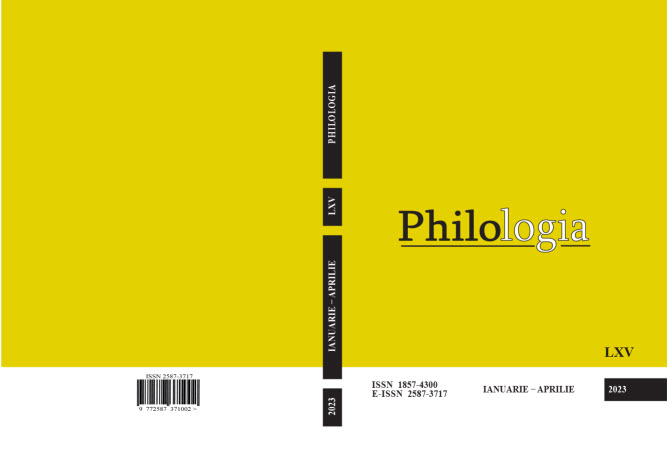Tranzitivitatea și polisemia verbului în limba română
Transitivity and polysemy of the Verb in Romanian Language
Author(s): Elena ConstantinoviciSubject(s): Morphology, Syntax, Semantics
Published by: Institutul de Filologie Română „Bogdan Petriceicu-Hasdeu”
Keywords: polysemantic verb; thematic role; actant derivation; transitivity; intransitivity; syntactic pattern/scheme; free syntactic variation; communicative role;
Summary/Abstract: The present article studies the semantic-syntactic structure of polysemantic verbs, following the stratification of their meanings. Analyzing the syntactic neighborhoods of a certain polysemantic verb, with the matrix of obligatory thematic roles, characteristic for actantial, circumstantial or predicative relations, we notice that in the process of functioning, various transformational processes of a different nature take place. Following the research, it was found that these transformations modify the argumentative structure of the verb at the referential level, changing its semantic-syntactic structure, which allows it to pass from one semantic class to another to fully reveal its communicative role. Responsible for these would be the phenomenon of actantial derivation. Only two forms of actantial derivation were discussed – transitivization and intransitivization – given that transitivity, an unmarked semantic feature, influences the ability of the verb to accumulate meanings with different syntactic patterns. It was found that there is an obvious oscillation between the positive or negative marking of transitivity and the realization of a verb as intransitive or transitive. The phenomenon of free syntactic variation also participates in the diversification of the syntactic structure of a polysemantic verb, which allows the operation of semantically equivalent but syntactically different variants.
Journal: Philologia
- Issue Year: LXV/2023
- Issue No: 1
- Page Range: 39-48
- Page Count: 10
- Language: Romanian

